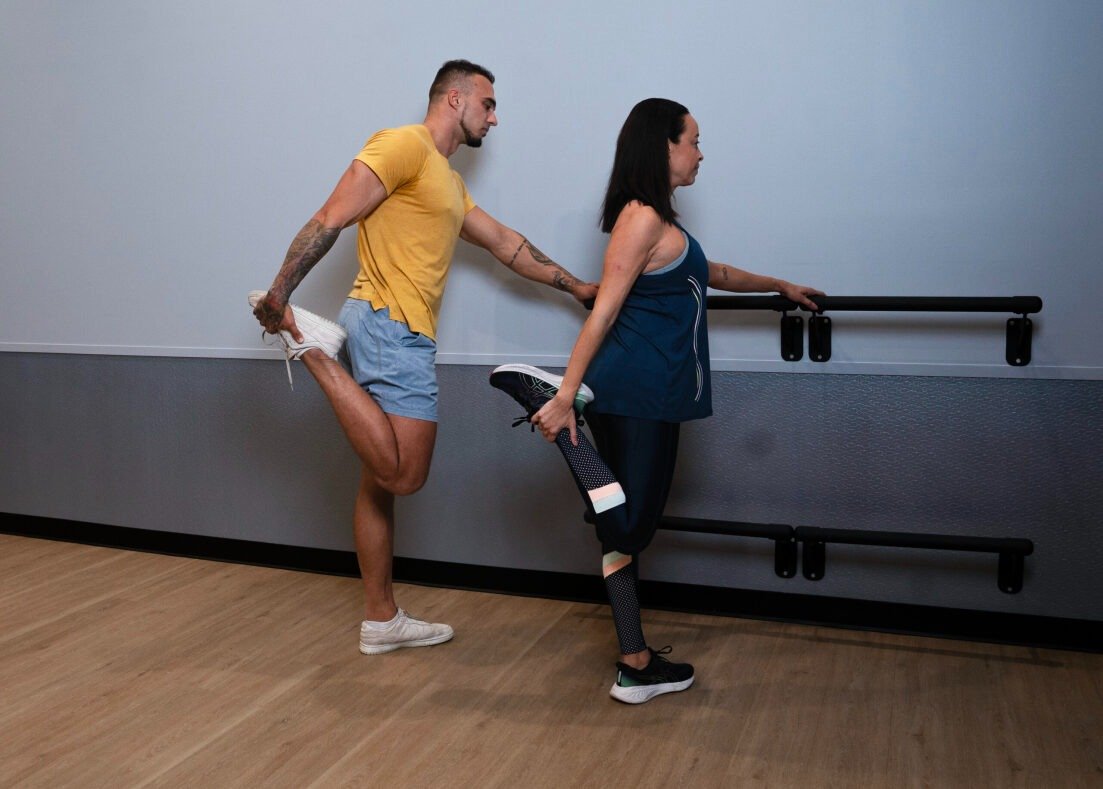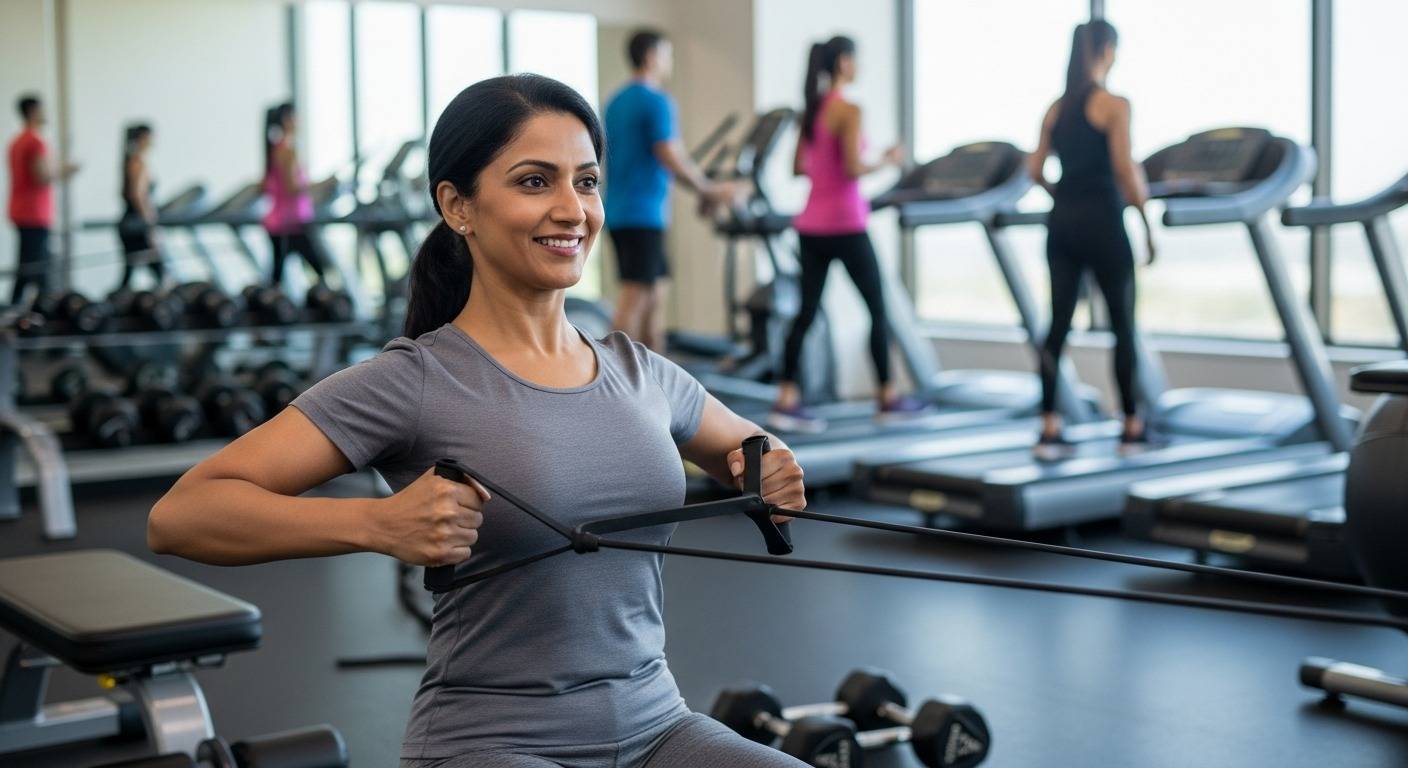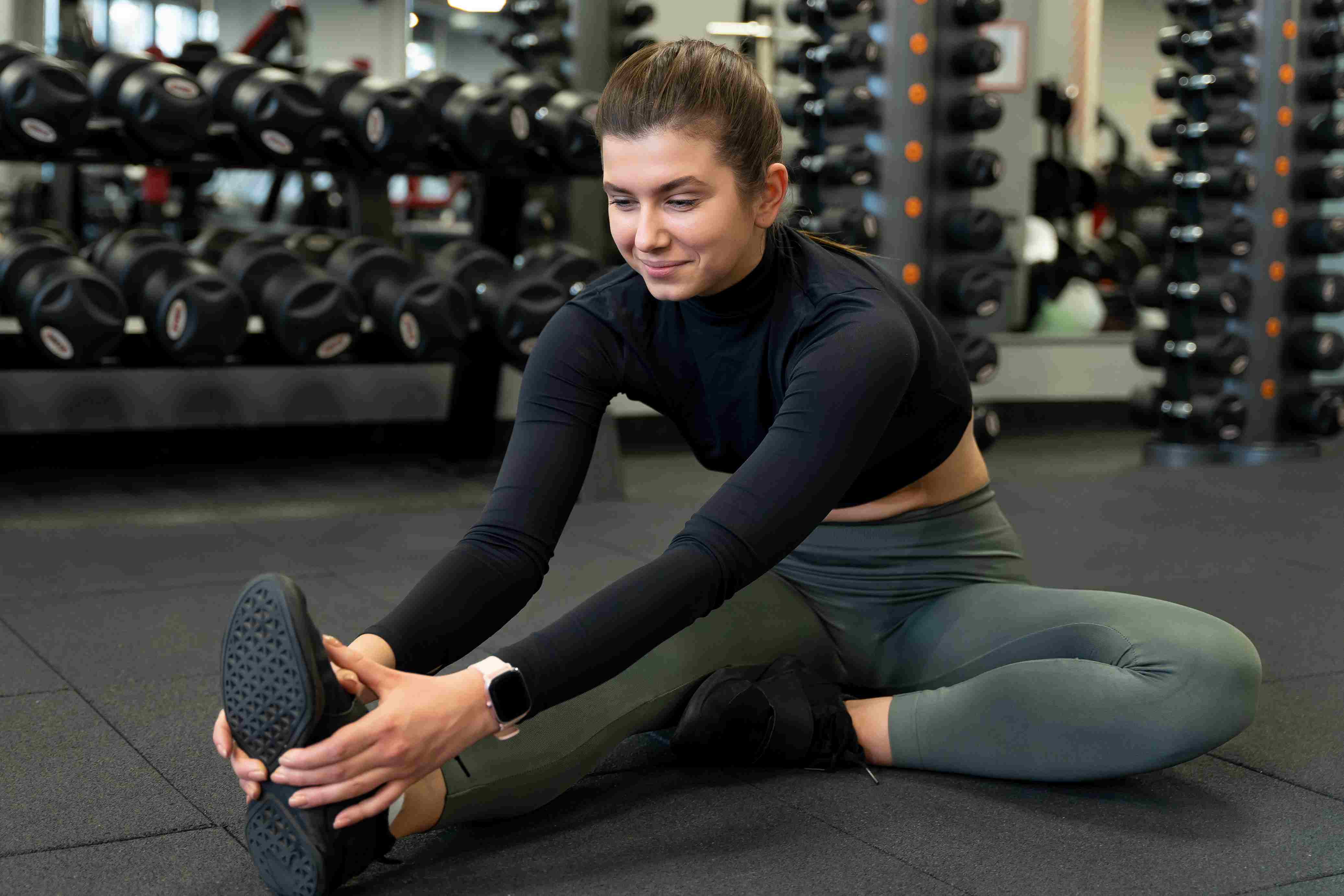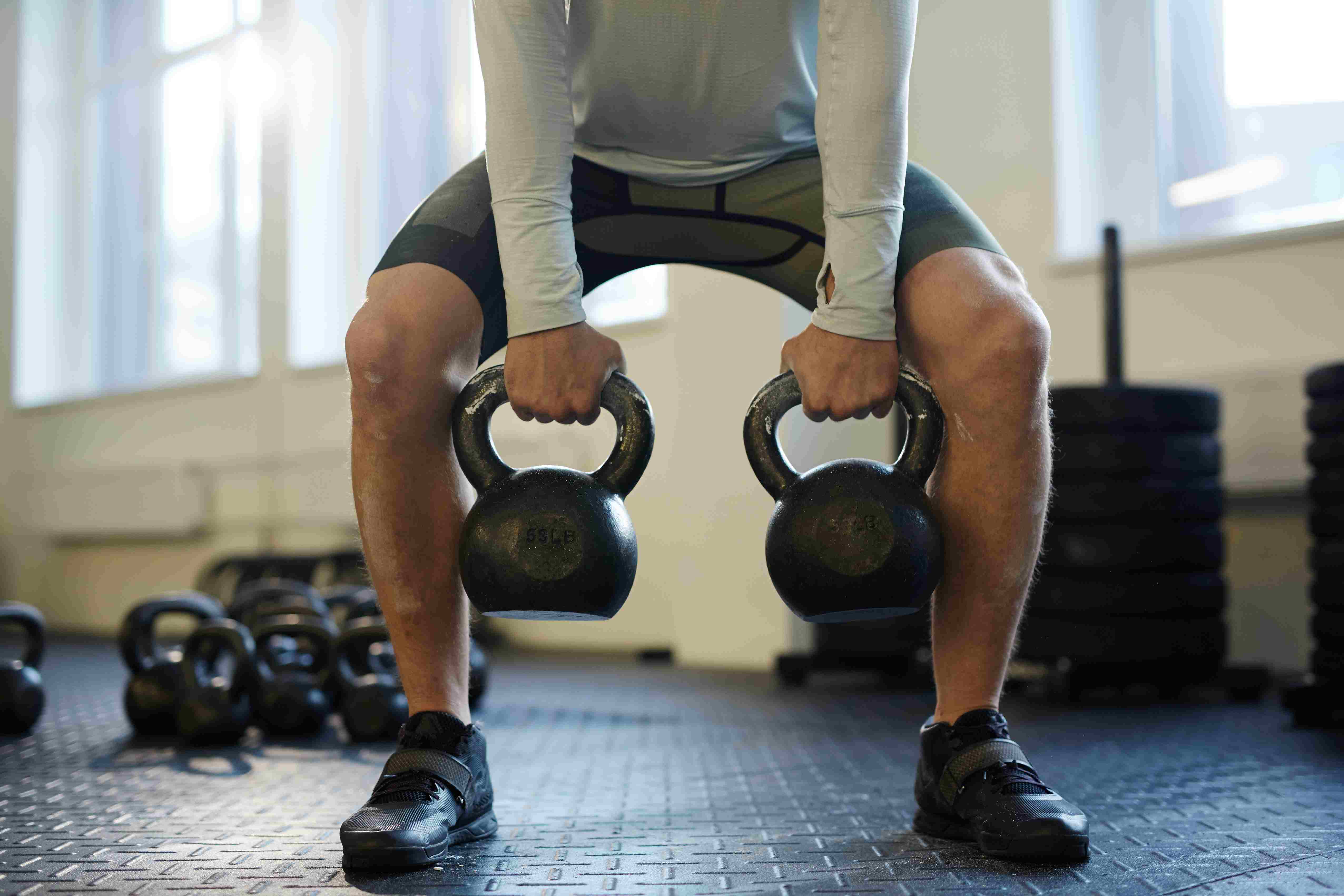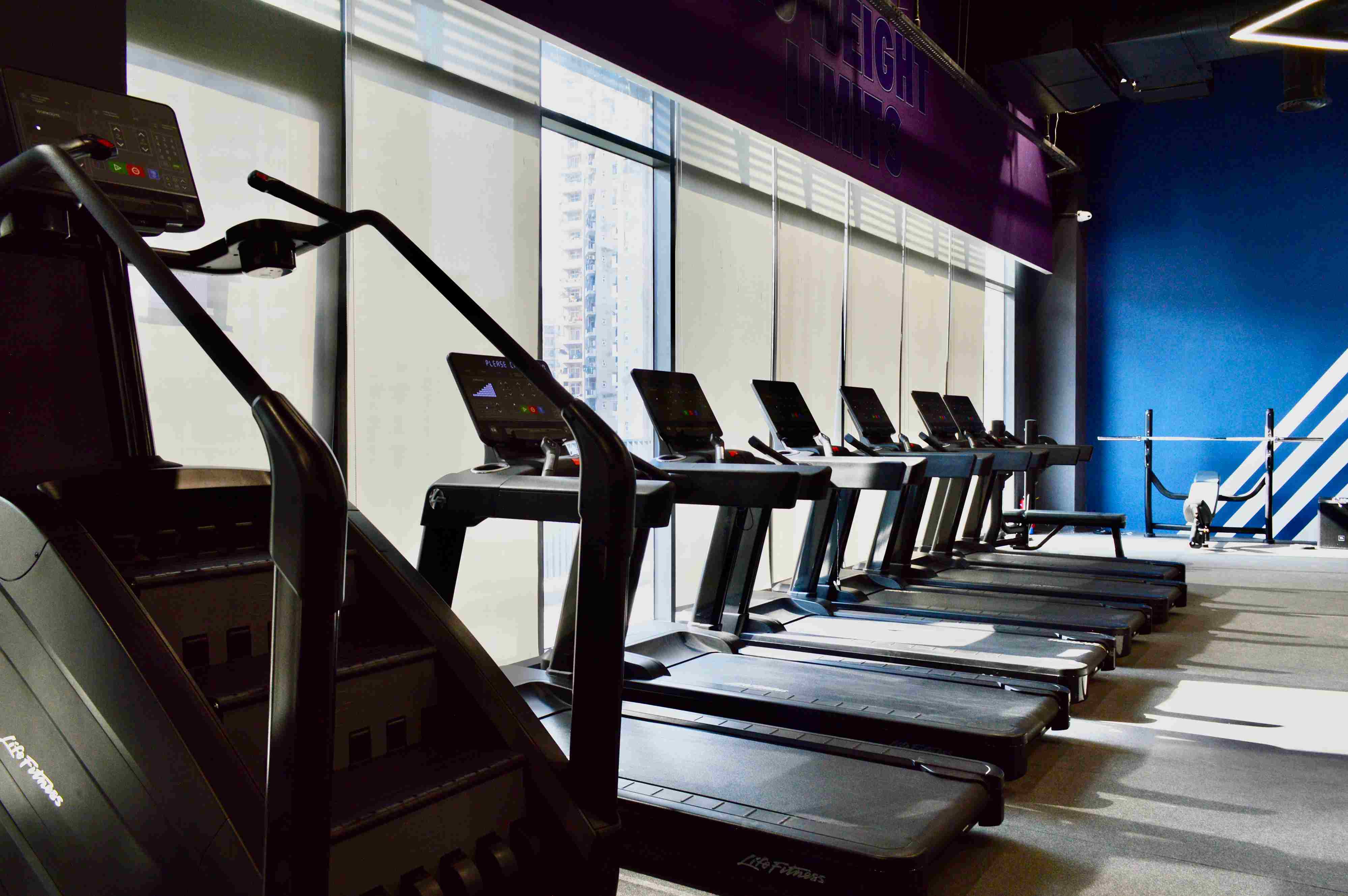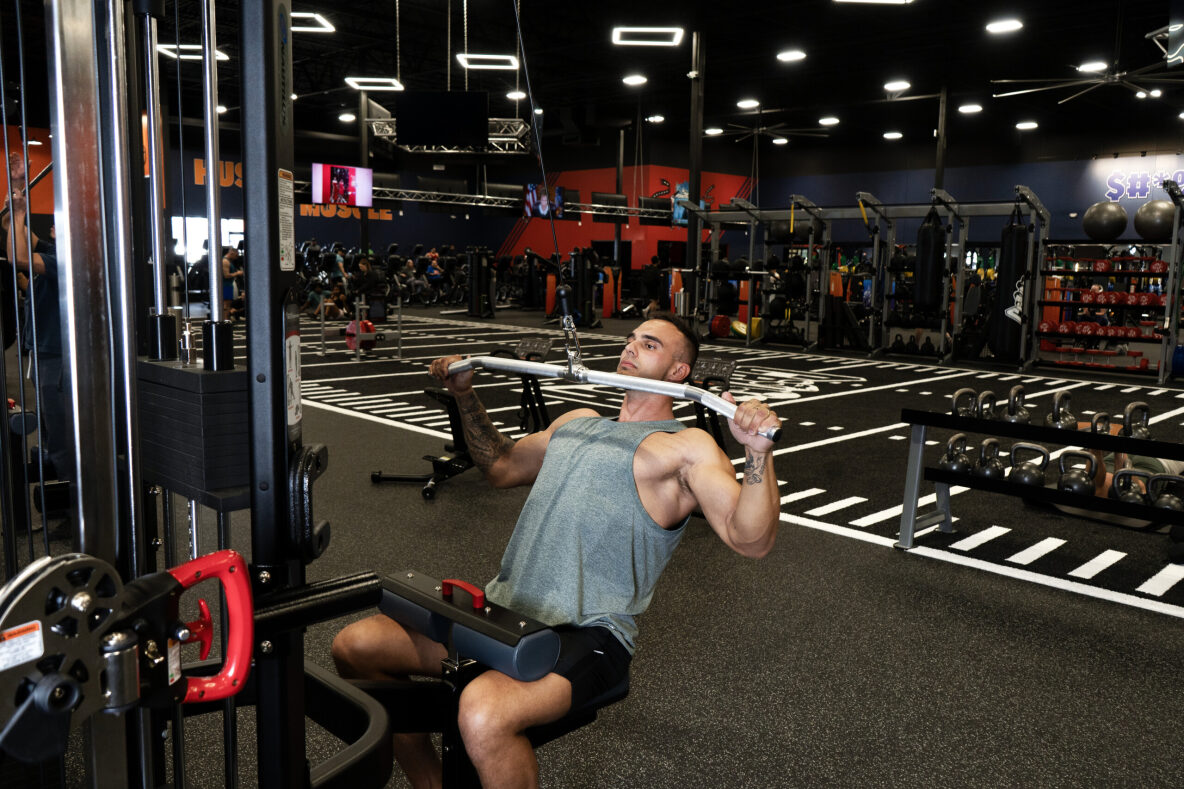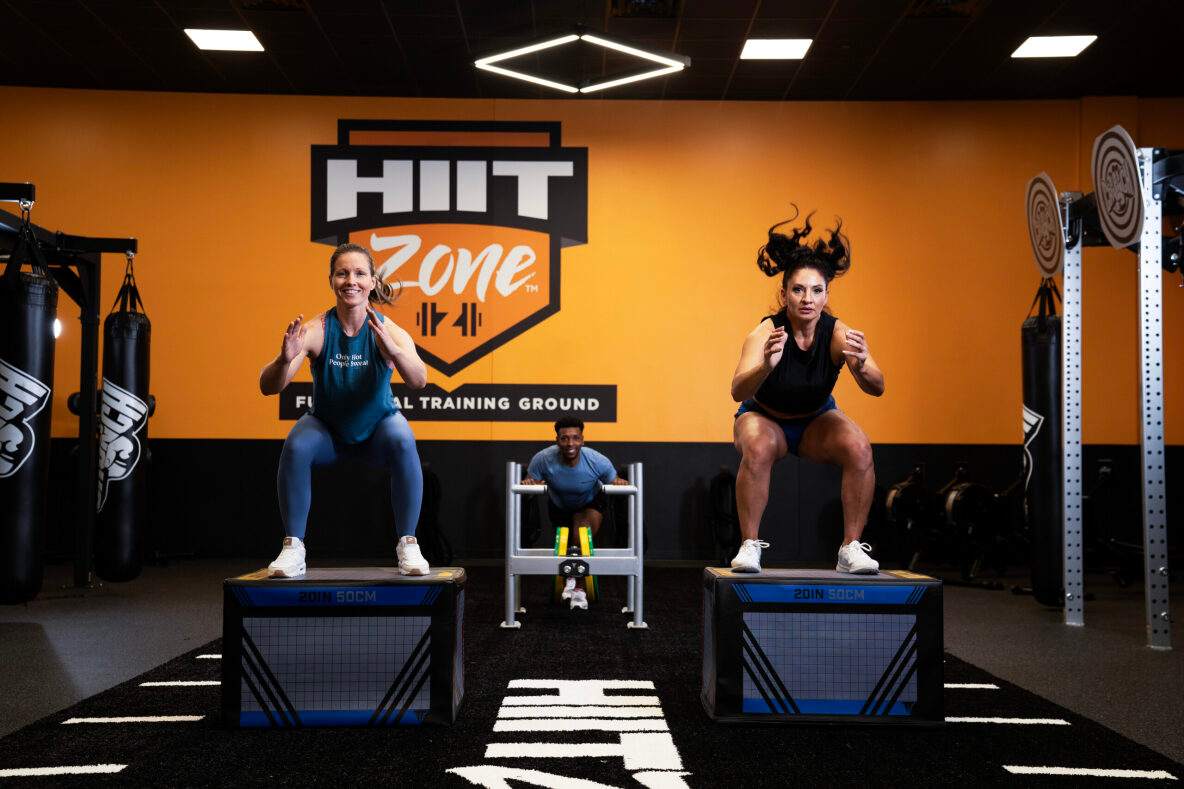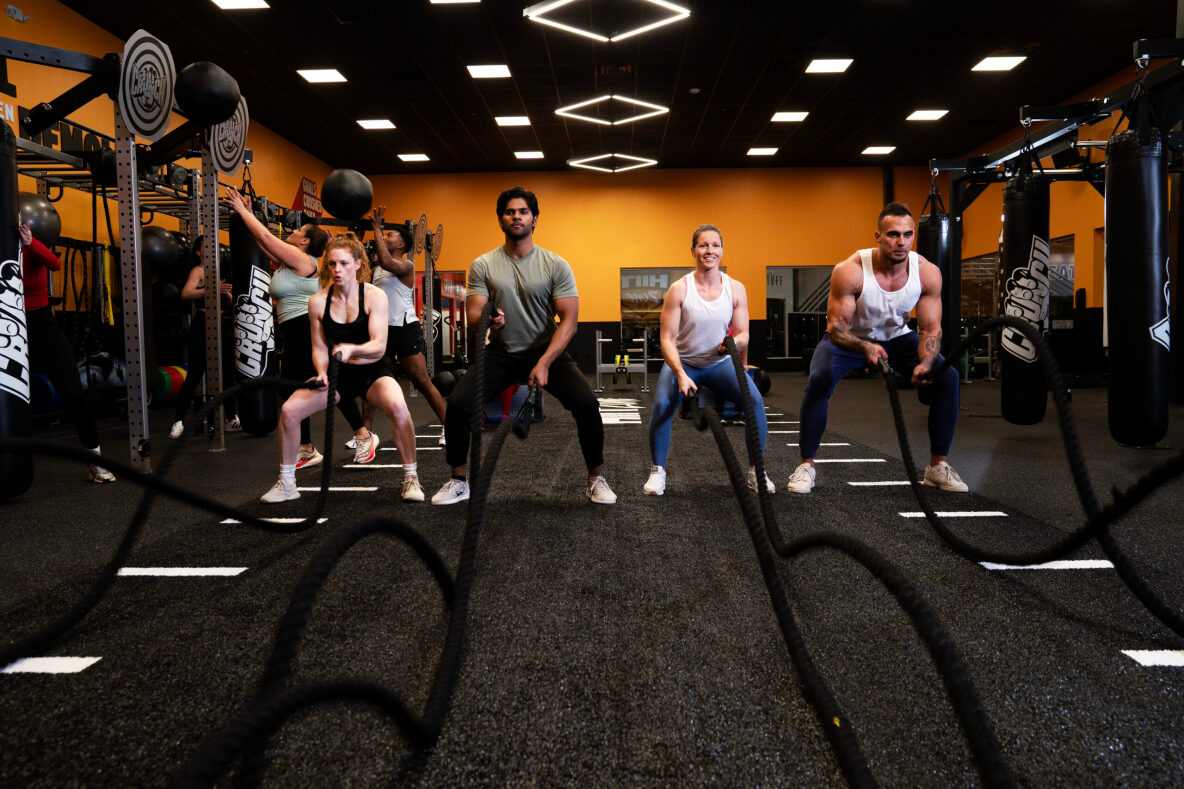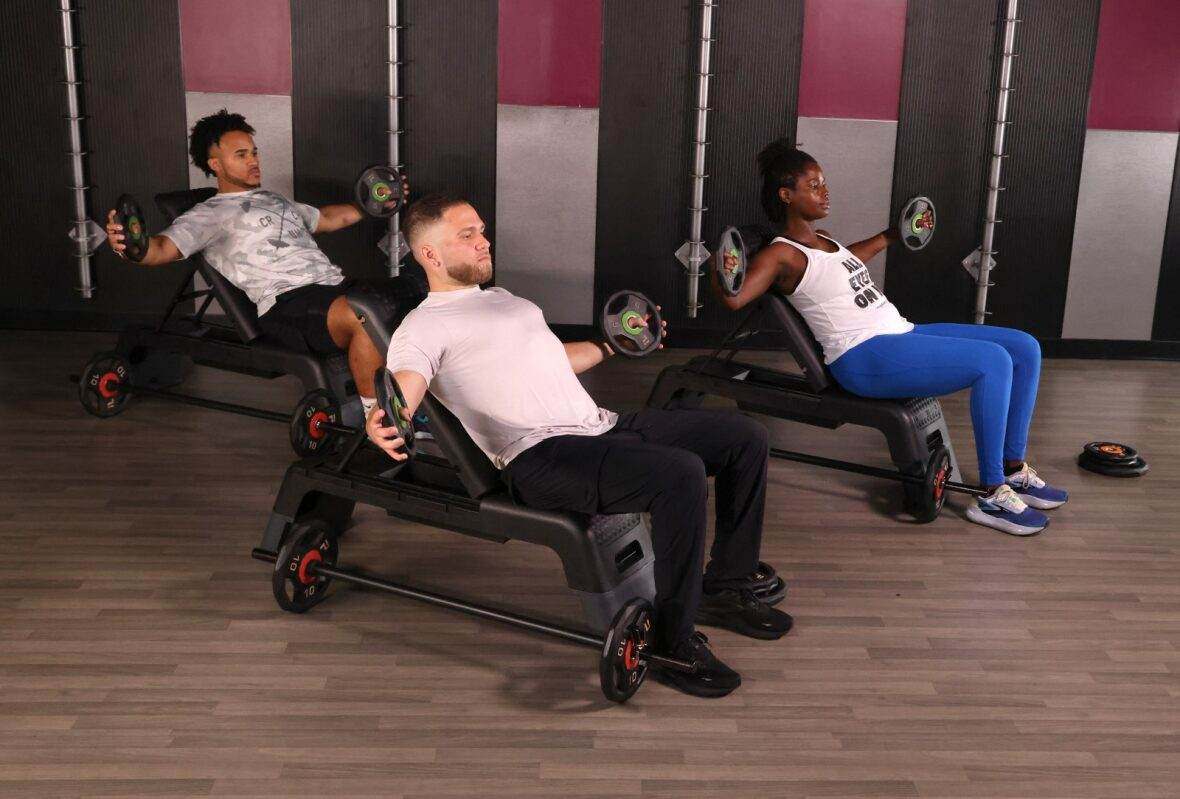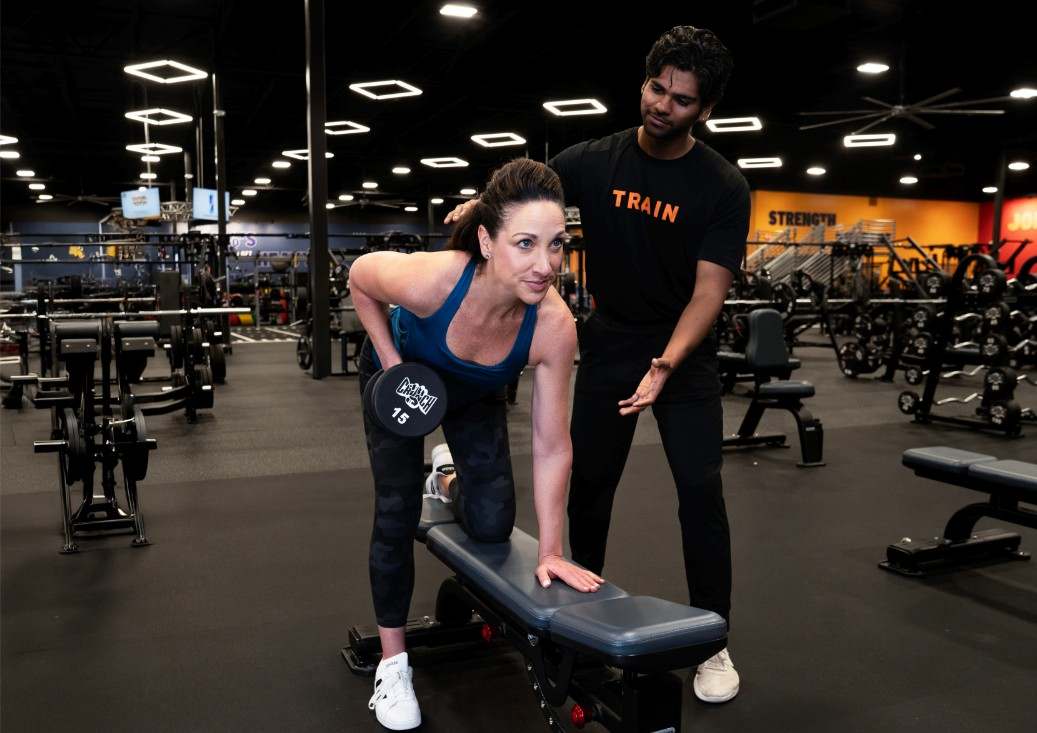Kids fitness is needed now the most as digital devices and organized timings are ruling the world. The pure, happy, and loving gesture of play has lost its place.
The concept of childhood is different now, and because of that, the need for intentional, enjoyable physical activity has become extremely important. One can easily view "fitness" as a boring and difficult task, but a kid's fitness is just movement, play, and exploration.
So on this Children’s Day, let’s prioritise children's fitness and find out why an active lifestyle is absolutely necessary for children. As a bonus, we’ll get to see what ways there are to make physical activity a fun and spontaneous part of their daily routine!
Why Children's Fitness Is Needed Now More Than Ever
Humanity has, in essence, transformed the world such that childhood is no longer as it used to be, and physical activity for children's fitness has become more necessary.
The Screen Epidemic
The use of digital devices and entertainment has made children's lives more sedentary than ever. Research finds a strong inverse relationship between screen time and physical activity, thus leading to the child obesity rate and associated health problems such as Type 2 diabetes.
Structured Schedules
The academic load and safety issues have put an end to the children's spontaneous outdoor play, thus replacing it with structured activities that are, in most cases, seated. The disappearance of free, unstructured play is among the leading causes of children's inactivity.
Mental Health Crisis
One of the most powerful and natural ways to reduce stress and anxiety, which are on the rise among the youth, is regular physical exercise.
Kids' fitness activities trigger the production of endorphins that uplift mood and at the same time, greatly enhance sleep quality and cognitive focus necessary for school.
Simply put, a generation that moves less has, therefore, more need for deliberate, enjoyable kid-friendly physical activities in order to be able to grow physically in a healthy way, maintain good mental health, and achieve academic success.
Benefits of Children's Fitness
The need for physical activity is not limited to just the maintaining of a healthy weight. Regular movement is a major factor in the holistic development of a person—physical, mental, and emotional.
Physical Health & Development
Stronger Bones and Muscles: Activities that are energetic and fun such as running, jumping, climbing, and lifting one's own weight, are not only exciting but are also necessary for building strong bones and muscles and thus, the risk of diseases like osteoporosis will be minimal when one gets old.
Cardiovascular Health: Aerobic play, the kind that is energetic to the extent of making breathing more difficult and the heart beat faster, is very good for the heart and lungs because it makes them stronger, thus preventing high blood pressure and ensuring that cholesterol levels are normal.
Improved Motor Skills: Fitness exercises for kids enhance coordination, balance and agility, which are the basic skills that can be used in many things like handwriting and playing catch ball, to mention only a few.
Cognitive + Mental Boost
Sharper Focus: The blood flow and oxygen in the brain are increased through exercise, which has the effect of enhancing not only concentration but also memory and problem-solving skills; therefore, your kid's performance will get better.
Mood Regulation: The exercise comes with the release of endorphins, which are the most natural mood elevators. It is a great, healthy way to let out stress, anxiety, and bottled-up energy. Children who are active usually have high self-esteem and are positive towards life.
Better Sleep: Physically active children sleep more quickly and the duration of their sleep is also longer and better.
Fitness Exercises For Kids: Fun Ways To Keep Your Children Active
Long term children fitness exercises should be so much fun that it feels like play.
Inside: Turning the House into a Playground
Rainy days and evenings full of work should not be the reasons for lying down and doing nothing!
Themed Dance Party: Playing their favorite songs and having a dance competition without any preparation is the way to go. Play "Freeze Dance" where they should stay frozen when the music stops, or you may also take turns imitating each other's craziest movements.
Animal Walks: Tell them to imagine that they are animals and move as per the example of a snake that slithers, a frog that hops, a horse that gallops, and a bear that walks on all fours.
Indoor Obstacle Course: Mountains to climb over may be made of pillows, a long string piece may be a "laser grid" for crawling under, and blankets over chairs may be for making a tunnel.
Balloon Volleyball: A balloon that is light can be used to hit it to and fro over a temporary net (a rope or a piece of tape on the floor). This helps in the coordination of the body parts and also keeps them active without the fear of something getting broken.
Outside: Nature's Ultimate Gym
Outside is full of limitless opportunities for physical fitness activities for kids as well as springs of adventure.
Backyard (or Park) Olympics: Invent and play games of simple types such as frisbee toss, throwing a beanbag into a bucket, or competing in a standing long jump. Give ridiculous prizes like "The Silliest Jumper" or "The Best Sport" to the winners.
Scavenger Hunts with a Twist: The only difference between doing this and the traditional way is that you travel dynamically between finding things.
Family Bike/Scooter Rides: Parks or peaceful neighborhoods can be great places to come and go together by bike or on the scooter. Besides building stamina, it’s a nice way of spending time together.
Follow the Leader (The Active Edition): March or do High Knees while you’re walking with your kid, and have them follow your moves.
Conclusion
The children reflect their parents. If you want to promote fitness among your children then you should be active yourself and it is also a great way to make fitness a family affair.
Put the main point first: effort and fun instead of skill and winning. Talk to them about their participation and persistence only. If you set healthy boundaries for sedentary activities it will naturally become more time for movement and play.
When fun physical activities are part of their everyday life they might think of it as a chore. So, give your child a lifelong love of movement, health, and adventure.
Frequently Asked Questions (FAQs)
Q1. What is fitness for kids?
Fitness for kids is any physical activity, usually in the form of play, which is a single or a combination of the three elements of fitness: endurance (aerobic activity), strength, and flexibility.
Q2. What age should kids start fitness?
Very early on, kids' fitness should be accepted like that. Take them walking, let them run, jump, and play around the park, etc. When they are around 7 or 8, then different activities are to be done with them such as dance, swimming, yoga, karate, whatever they want to do.
Q3. What type of exercise is best for children?
The best exercises are a mixture of the following: Aerobic (running, swimming, dancing), Muscle-strengthening (climbing, push-ups, bodyweight exercises) and Bone-strengthening (jumping, running) activities.
Q4. What is the importance of exercise for kids?
It does the same thing for kids as it does for adults and even more: muscles get strong, body fat is controlled, heart and lung health, as well as concentration/cognitive skills are improved, plus happiness is increased.
Q5. Is it safe for a 12 year old to workout?
Certainly! Actually, the WHO (World Health Organization) states that at this age children require more than 60 minutes of physical activity. It is crucial for their growth. Strength training is an excellent method for this; the child should concentrate on the technique but never should he try to lift weights that are too heavy.
Explore More Articles
CLOSEST CLUB
Your Local Crunch Noida
SEE OUR MEMBERSHIP OPTIONS

